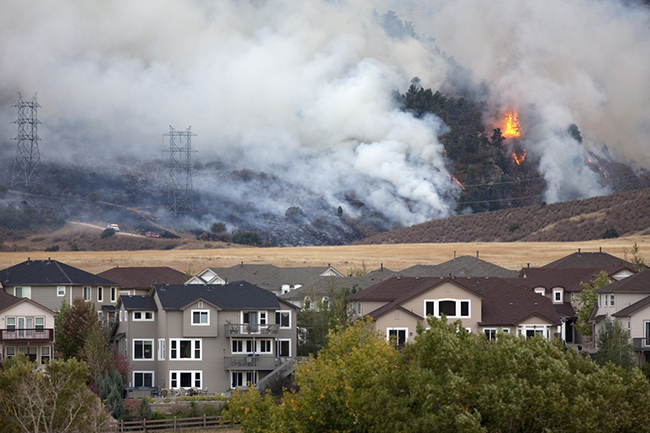Fighting for Clean Air
We can’t always see or smell toxic air pollutants in the air we breathe, but their health impacts are very real. Air pollution is responsible for more than 100,000 deaths in the U.S. each year and leads to a host of serious health problems including heart disease, lung cancer, asthma, stroke, low birth weight and premature birth.
Clean Wisconsin has been fighting for clean air for more than 50 years. Our work has had a direct impact on the air quality regulations here in Wisconsin.
WHAT'S CONTAMINATING THE AIR WE BREATHE?
The Clean Air Act focuses on six common air pollutants known as “criteria air pollutants.” which are regulated by the EPA through National Ambient Air Quality Standards.

Air Pollution Does Discriminate
According to a 2021 EPA study, people of color are exposed to more harmful particulate air pollution than white people, with racial disparities persisting regardless of income. People of color are more likely to live near major sources of pollution like power plants, major roadways, and manufacturing plants and face a higher risk of premature death from air pollution.
The study dovetails with a large body of research showing that decades of segregation and racist housing policies have resulted in people of color being more likely to live near highways, power plants and other sources of pollution.
Disparities varied depending on location, but for all years and all pollutants, people of color had the highest level of exposure.
A 2021 study from Harvard found that in Wisconsin, an estimated 16.5% of deaths of people over 14 years old is attributable to PM 2.5 air pollution from burning fossil fuels. It’s the 9th-highest percentage in the country.

Air Pollution and Climate Change
Climate change and air pollution do not respect state boundaries. In recent years, the Wisconsin DNR has issued a number of air quality advisories across large portions of the state due to wildfires in Minnesota, Canada and California. Smoke from burning trees and brush carries dangerous PM2.5 particles,which can penetrate deeply into your lungs, causing serious health impacts like heart attacks and asthma. Children, the elderly, and people with cardiovascular or chronic respiratory diseases are among those most at risk. Wildfires can also increase ozone and carbon monoxide concentrations in the air we breathe. Droughts and fires will only increase in intensity with climate change and compound local air quality problems caused by industry and fossil fuel-burning cars, trucks and buses.Wisconsin residents are feeling the harmful health impacts of air pollution, whether it’s emitted locally or originating from another state, That makes it all the more important that we work collaboratively toward solutions that lower emissions everywhere.
